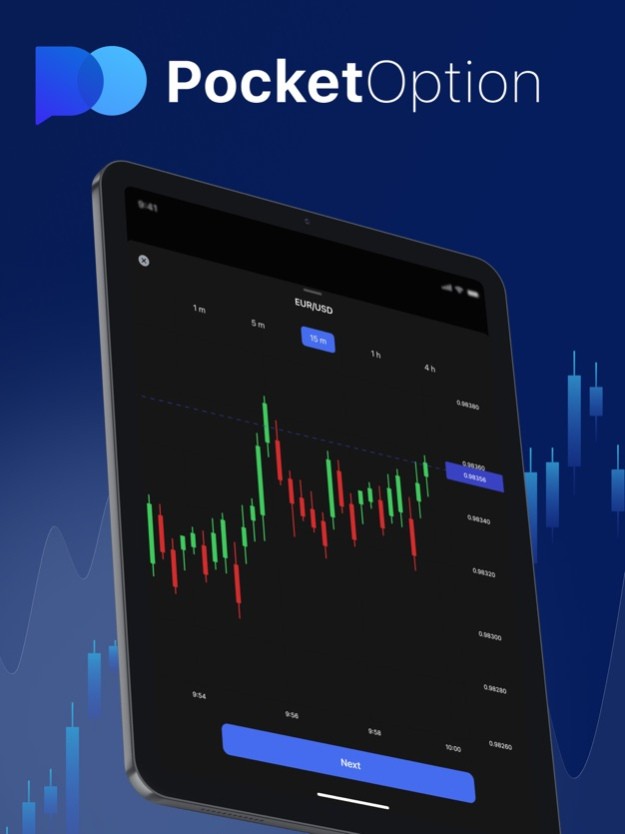
In the world of online trading, effective strategies are essential for maximizing profits and minimizing risks. One such powerful method is the keltner channel strategy pocket option https://pocketoption-forex.com/promokodi/ for Pocket Option. This strategy uses a volatility-based indicator to help traders identify trends and potential reversal points, making it an invaluable tool in any trader’s arsenal. In this article, we’ll delve deep into the Keltner Channel, explore its components, and discuss how it can be applied effectively on the Pocket Option trading platform.
Understanding Keltner Channels
The Keltner Channel is a versatile technical indicator that consists of three lines: the central line, an upper band, and a lower band. The central line is typically an exponential moving average (EMA), while the upper and lower bands are calculated using the Average True Range (ATR), which measures market volatility. The basic idea is to establish a channel around an asset’s price, allowing traders to visualize potential price movements.
- Central Line (EMA): This line helps traders understand the prevailing trend in the market. If the price is above the EMA, it generally indicates a bullish trend, while a price below the EMA suggests a bearish trend.
- Upper Band: This band serves as a resistance level. A breach of the upper band may signal overbought conditions, indicating a possible reversal.
- Lower Band: Conversely, the lower band acts as a support level. If the price touches the lower band, it may signal oversold conditions and the potential for a price bounce.

Setting Up Keltner Channels on Pocket Option
To implement the Keltner Channel strategy on Pocket Option, first, you need to access the platform and select the asset you wish to trade. Here’s how to add the Keltner Channel indicator:
- Log in to your Pocket Option account.
- Select the trading chart for the asset.
- Click on the Indicators tab.
- Search for Keltner Channels and add it to your chart.

Once the indicator is applied, you will see the central EMA, upper band, and lower band clearly displayed on your chart, providing you with a visual framework to guide your trades.
Trading Signals with Keltner Channels
The Keltner Channel strategy generates several trading signals based on the price action in relation to the bands:
- Trend Continuation Signal: If the price consistently stays within the upper and lower bands and the central EMA is trending upwards, it indicates that the bullish trend is likely to continue. Traders should look for buying opportunities in this scenario.
- Reversal Signal: If the price breaches the upper band, this could indicate that the asset is overbought, and a reversal may occur. Conversely, a breach of the lower band suggests oversold conditions. In both cases, traders may consider placing a trade in the opposite direction.
- Crossing the EMA: A crossing of the price above or below the EMA can serve as an entry signal. A cross above the EMA may provide a buying opportunity, while a cross below it may offer a selling point.
Combining Keltner Channels with Other Indicators
While Keltner Channels can be used independently, combining them with other indicators can increase the effectiveness of your trading strategy. Here are a few indicators that work well with Keltner Channels:
- Relative Strength Index (RSI): The RSI can help confirm overbought or oversold conditions indicated by Keltner Channels. Look for divergence in RSI and price action as a additional signal before entering a trade.
- Moving Average Convergence Divergence (MACD): MACD can help confirm the momentum of a trend. A crossover in MACD that aligns with Keltner Channel signals can provide stronger confirmation for your trades.
- Stochastic Oscillator: This indicator can also help identify overbought or oversold conditions, offering further validation for entry and exit points defined by Keltner Channels.
Risk Management in Keltner Channel Trading
Like any trading strategy, employing Keltner Channels requires a sound risk management plan. Here are some key practices to consider:
- Set Stop Loss Orders: Always use stop-loss orders to limit potential losses. Place them just outside the Keltner Channel bands to mitigate risk effectively.
- Risk-to-Reward Ratio: Always assess the potential reward of a trade relative to the risk involved. A good risk-to-reward ratio is at least 1:2, where the potential gain is twice that of the potential loss.
- Only Trade with Capital you can Afford to Lose: Make sure that any money you invest is money that you can afford to lose. Trading should never jeopardize your financial stability.
Conclusion
The Keltner Channel strategy for Pocket Option is a robust trading method that can help you effectively navigate the markets. By understanding the components of the Keltner Channel, you can identify potential trading opportunities and make informed decisions. Remember to combine this strategy with sound risk management practices and consider using additional indicators for confirmation. With practice and discipline, the Keltner Channel strategy can become a vital part of your trading toolkit.
